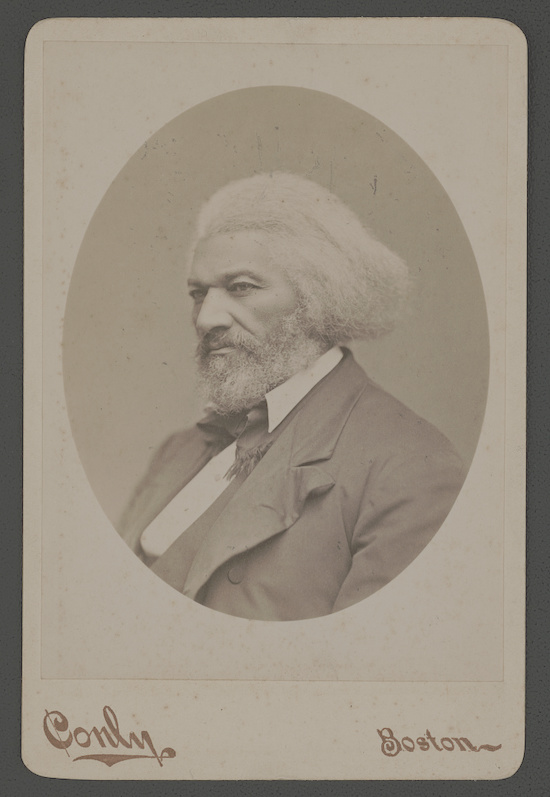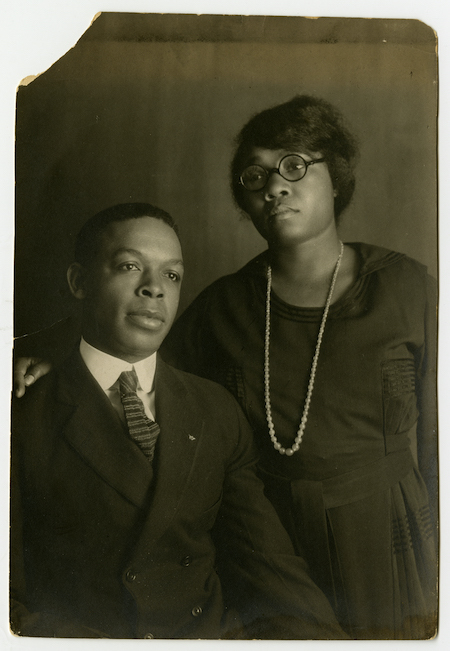
Frederick Douglass (Library of Congress Photograph).
“Rightly viewed, the whole soul of man is a sort of picture gallery, a grand panorama, in which all of the great facts of the universe, in tracing things of time and things of eternity, are painted.” — Frederick Douglass, “Pictures and Progress Speech” 1861
On December 3, 1861, Frederick Douglass, the eloquent African American abolitionist and author, addressed a Civil War-era audience at Boston’s Tremont Temple. In the speech, often referred to as the “Pictures and Progress” address, Douglass described the power of photographic images and marveled at the technological innovations that were making professional portraits widely available and very affordable.
As the most photographed man of his time, Douglass also came to understand that for those who wished to become masterful communicators, photographs were as important as the printed words on the pages of newspapers and books and the spoken words of the most influential orators and other freedom loving people.
Today, more than 160 years after Douglass’s “Pictures and Progress” speech, photographs are yet among the most important pieces of documentary evidence for scholars who want to produce accurate and engaging stories about the past. I am therefore excited for this opportunity to launch a weekly “Pictures and Progress” column on The Real Deal Press digital news site. Each installment will focus on some aspect of the history of African Americans in Ohio, a state that Frederick Douglass and other 19th-century thought leaders visited on many occasions and that is home today to countless 21st-century history makers.
In the coming weeks, I plan to share chapters from the life stories of those whose pictures are housed in family and library archives, including the Allen E. Cole Collection at the Western Reserve Historical Society. A West Virginia native, Cole migrated to Cleveland and established a successful home-based studio in the city’s Fairfax community in 1922.

Photographer Allen E. Cole and Frances T. Cole (Western Reserve Historical Society)
During this centenary program year for the Cole Studio, It is my hope that readers will find evidence of the seriousness of purpose reflected in the records of the Coles’ entrepreneurial activities and in materials related to the work of black people in other fields of endeavor.
When appropriate, I also want to write the kind of joy-infused stories that frequently appeared in the weekly Jessie B. Semple (“Simple”) columns that Langston Hughes contributed to the Chicago Defender in the 20th century.
I look forward to pairing pictures of Ohioans with compelling narratives of black progress in the Buckeye state.
• • •• • •
Regennia Williams is Distinguished Scholar of African American History and Culture, Western Reserve Historical Society
References
Harper Donna Sullivan. 1995. Not So Simple : The "Simple" Stories by Langston Hughes. Columbia: University of Missouri Press.
Wallace Maurice O and Shawn Michelle Smith. 2012. Pictures and Progress: Early Photography and the Making of African American Identity. Durham: Duke University Press.











